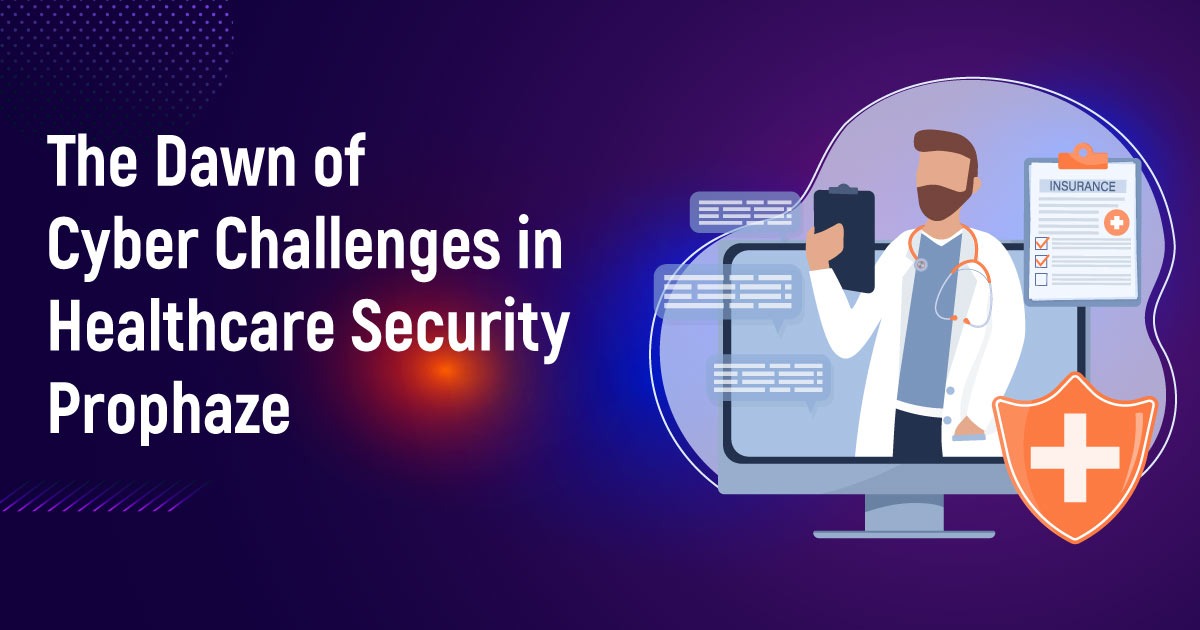In a recent case, healthcare teams in Singapore struggled with prolonged online outages due to distributed denial of service (DDoS) attacks and although patient care remained secure, the event highlighted the critical need for enhanced security measures in the face of cyber threats. During our 1 year anniversary, we explore new ways to protect the healthcare system and ensure businesses run seamlessly.
Strategic Resilience through Dynamic Approaches
The evolving healthcare cybersecurity landscape calls for proactive measures. Performance strategies such as resilience provide a unique perspective to anticipate early and adapt to potential failures. By incorporating these dynamic principles, healthcare IT systems can build resilience, ensuring continuous operation even in the face of ever-changing cyber threats.
Pioneering Security Protocols: A Holistic Approach
A comprehensive security-systems framework is central to the quest for impenetrable healthcare. This approach requires a comprehensive assessment of potential risks that could compromise the integrity of websites and applications. Preventing vulnerabilities such as emerging threats, unspecified software vulnerabilities, and sensitive API exploits enables healthcare organizations to build strong defenses against multifaceted cyberattacks.
Battling the Rise of Automated Threats
The digital ecosystem is seeing a rise in automated threats, showcasing that a significant portion of online traffic comes from malicious bots. Addressing these threats requires sophisticated web applications (WAFs) and advanced security measures. These technology defenders stand as veterans against DDoS, bot, and API attacks and protect the sanctity of health information systems.
Innovative Strategies for Healthcare Security

To promote strengthened healthcare systems and support patient safety, organizations may consider integrating the following alternative strategies:
Simulating Reality:
Go beyond theoretical analysis and move forward in cybersecurity preparedness. Actively simulate real-world scenarios with immersion exercises, and ensure that security measures can effectively combat real-world cyber threats.
Ensuring Uninterrupted Access:
Invest in advanced Web Application Firewalls (WAF) and security platforms to fortify defenses against DDoS, Bot, and API attacks. Uninterrupted access to critical information and services emerges as a cornerstone for both patients and healthcare providers.
Strategic Response Planning:
Carefully develop an incident response plan in conjunction with proactive crisis communication strategies. This ensures a smooth flow of information to patients and staff when safety incidents occur, as well as a robust continuity plan including routine scheduling and data backup.
Unified Security Ecosystem:
Simplify security operations by adopting an integrated security framework powered by simplified attack analytics. This not only increases operational efficiency but also provides a multi-layered shield against the latest cyber threats.
Collaborative Technological Endeavors:
Forge alliances with technology partners to better plug potential security gaps. These partnerships provide a dual advantage by providing sophisticated solutions and leveraging external expertise to stay ahead of evolving cyber threats.
A Year of Advancements in Healthcare Security
Our commitment to innovative healthcare security stands resolute. By adopting these forward-thinking strategies, healthcare providers can fortify their defenses, navigate the dynamic cybersecurity landscape, and ensure the unwavering delivery of secure services to patients and the broader community.












